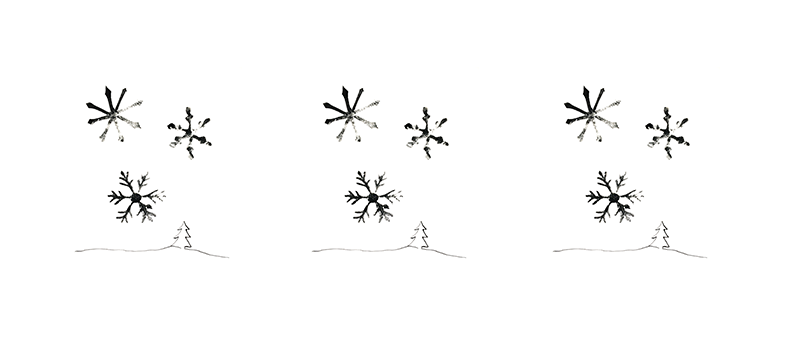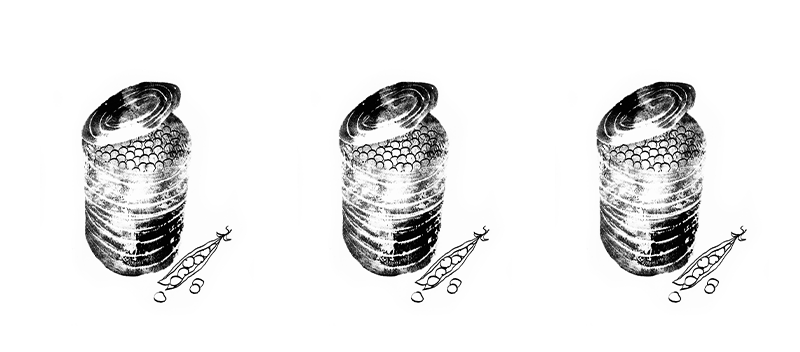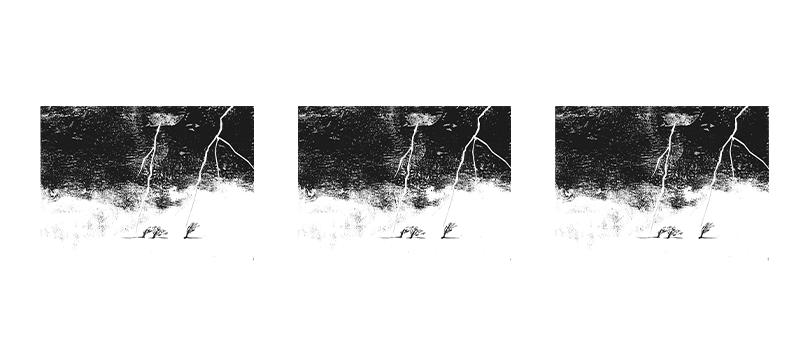On photos of the polar regions, you often see snow and ice that look bluish. At other time, they look as white as – well, snow. Why is that?
‘Light seems transparent but is actually made up of different colours,’ says Jasper van der Gucht, professor of Physical Chemistry and Soft Matter. One of the times when you see those colours is when the light is reflected off water particles in the air, and you get a rainbow. Light consists of vibrating waves and every colour has its own frequency of vibrations per second. The colour with the highest frequency is blue, and red has the lowest frequency. Van der Gucht: ‘We see a colour because materials reflect certain colours and absorb others. The colour we see is always the one that is reflected.’
A leaf is green, for example, because it reflects green and absorbs other light. If a material reflects all the light falling on it, we see it as white; if it absorbs all of it, it will be black. If light goes through it, it is transparent. ‘Water mainly absorbs infrared light and UV light,’ explains Van der Gucht. ‘Of the light visible to us, only a very little bit of red light is absorbed, and the rest passes through it, so it is colourless.’
If there is enough of it, water can absorb all colours eventually
Snow is water in crystal form. A thin layer of clean snow is white. That is because snow crystals, unlike water, reflect the light ping-pong-fashion; eventually all the light comes back and you see it as white. Polar bears look white for the same reason. Their fur is transparent and reflects all the light.
The amount of light that gets absorbed by a thin layer of snow, or a polar bear’s fur, is negligible. But if the snow is deep enough, it eventually absorbs a substantial amount of red and yellow tints. That leaves more blue light and an expanse of snow gets a blue tint when the sun tries to penetrate it. The same goes for a thick layer of ice, like a glacier. And the deeper you dive underwater, the more colours disappear. If there is enough of it, water too can absorb all the colours in the end. Red light is the first to disappear, then orange and when you dive very deep, the water absorbs yellow, green and, last of all, blue too. Then you are in the dark.
Every day we are bombarded with sometimes contradictory information. So what are the facts of the matter? In this feature, a scientist answers your burning questions. Asking questions makes you wiser. Do you dare ask yours? Email us at redactie@resource.nl

 Illustration: Marly Hendricks
Illustration: Marly Hendricks 

